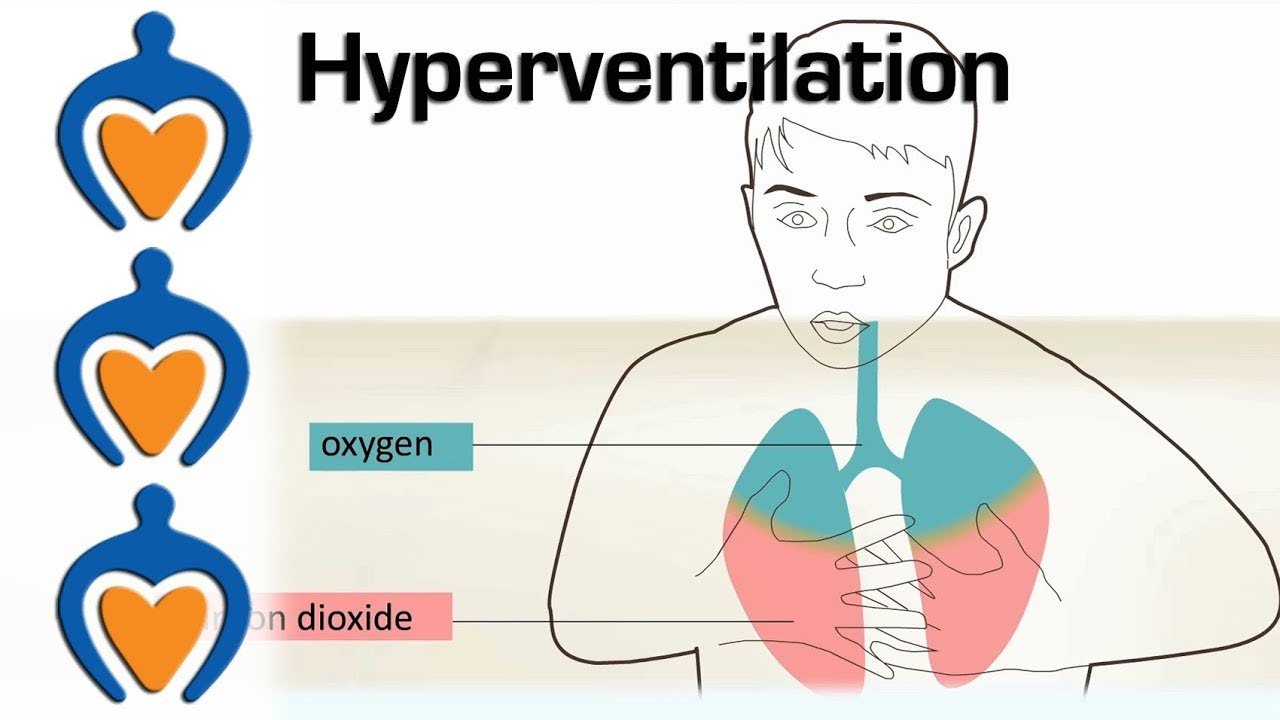A nurse is collecting data on a patient who has respiratory alkalosis. Which of the following findings should the nurse expect?
Hyperventilation
Dyspnea
Abdominal pain
Dizziness
The Correct Answer is A
Choice A reason: Hyperventilation is a common response to respiratory alkalosis as the body tries to compensate for the high pH by exhaling more carbon dioxide.
Choice B reason: Dyspnea, or difficulty breathing, may be present but is not as specific as hyperventilation for respiratory alkalosis.
Choice C reason: Abdominal pain is not typically associated with respiratory alkalosis.
Choice D reason: Dizziness can be a symptom of respiratory alkalosis due to changes in blood chemistry, but it is less specific than hyperventilation.

Nursing Test Bank
Naxlex Comprehensive Predictor Exams
Related Questions
Correct Answer is D
Explanation
Choice A reason: While opioids can lower blood pressure, it is not as common as respiratory depression.
Choice B reason: Causing drowsiness is a common side effect of opioids, but it is less critical than respiratory effects.
Choice C reason: Opioids do not typically induce a cough; they may actually suppress coughing.
Choice D reason: Opioids can slow the respiratory rate, which is a critical side effect that nurses must monitor for and educate patients about.
Correct Answer is B
Explanation
Choice A reason: Decreased pedal pulses could indicate a vascular issue but are not specific to DVT.
Choice B reason: Unilateral leg edema, especially when it is sudden, can be a sign of DVT and is the most indicative of the choices provided.
Choice C reason: Ecchymosis, or bruising, on the foot and ankle can be caused by many factors and is not specific to DVT.
Choice D reason: Coolness of the skin can be a sign of poor circulation but is not specific to DVT.
Whether you are a student looking to ace your exams or a practicing nurse seeking to enhance your expertise , our nursing education contents will empower you with the confidence and competence to make a difference in the lives of patients and become a respected leader in the healthcare field.
Visit Naxlex, invest in your future and unlock endless possibilities with our unparalleled nursing education contents today
Report Wrong Answer on the Current Question
Do you disagree with the answer? If yes, what is your expected answer? Explain.
Kindly be descriptive with the issue you are facing.
